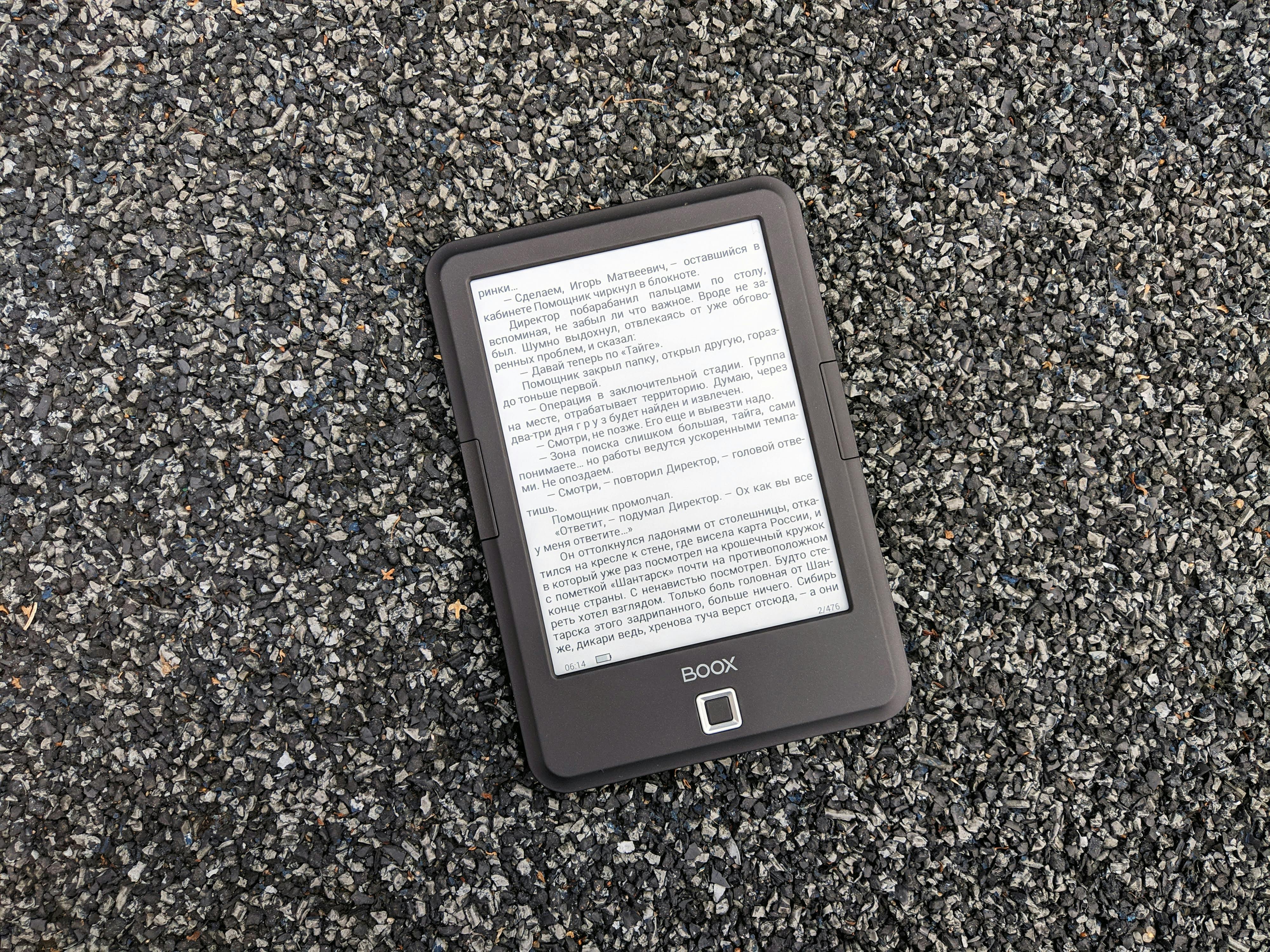Unveiling the Silent Progress of E-Ink Technology
In the era of high-resolution screens and super-fast processors, there exists a technology that quietly continues to evolve and find new applications. This is the world of E-Ink, a display tech that's been around for decades but continues to surprise us with its potential. Let's take a deep dive into this intriguing technology.

A Trip Down the Memory Lane
E-Ink, or electronic ink, was first developed in the late 90s by E Ink Corporation, a company spun off from the Massachusetts Institute of Technology. The goal was to create a digital display that mimicked the appearance of ordinary ink on paper. The first commercial product to use E-Ink was the Sony Librié EBR-1000EP, an e-reader launched in 2004. Since then, this technology has become synonymous with e-readers, thanks to its high contrast, low power consumption, and ease on the eyes.
E-Ink in Today’s World
Fast forward to today, E-Ink technology has seen significant advancements. The latest products offer higher resolution, faster refresh rates, and even color displays. However, E-Ink’s application is not limited to e-readers alone. This technology is now being used in smartwatches, digital signage, and even smartphones like the Hisense A5C, the world’s first color E-Ink smartphone.
A Sneak Peek into the Future
Recently, E-Ink unveiled its latest product: JustPrintIt, a digital paper that can be written on with a regular ballpoint pen and erased with a hairdryer. This product opens up new possibilities for E-Ink in areas such as education and business. Imagine being able to reuse your notes without wasting paper!
Furthermore, E-Ink is also making strides in flexible displays. The company showcased a 32-inch flexible color E-Ink display at the Display Week 2021 conference, hinting at a future where foldable e-readers or even E-Ink laptops could become a reality.
The Market Dynamics
Considering the unique benefits of E-Ink, it’s no surprise that the market for this technology is expected to grow. According to a report by Global Market Insights, the E-Ink display market is projected to reach $1.48 billion by 2027. This growth is attributed to the increasing demand for energy-efficient, lightweight, and flexible displays.
Nevertheless, E-Ink faces stiff competition from other display technologies such as OLED and MicroLED. These technologies offer faster refresh rates and richer colors, making them more suitable for applications like smartphones and TVs. However, for applications where power efficiency and eye comfort are paramount, E-Ink remains the king.
Wrapping Up
E-Ink technology, with its unique blend of simplicity and versatility, continues to carve a niche for itself in the tech world. While it may not replace our high-resolution screens anytime soon, its potential applications are expanding, and its silent progress is something to watch out for. With advancements like reusable digital paper and flexible displays, who knows what the future holds for E-Ink? One thing is for sure: this technology is here to stay, and it’s only going to get better.




